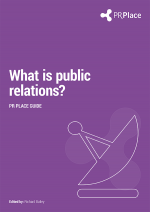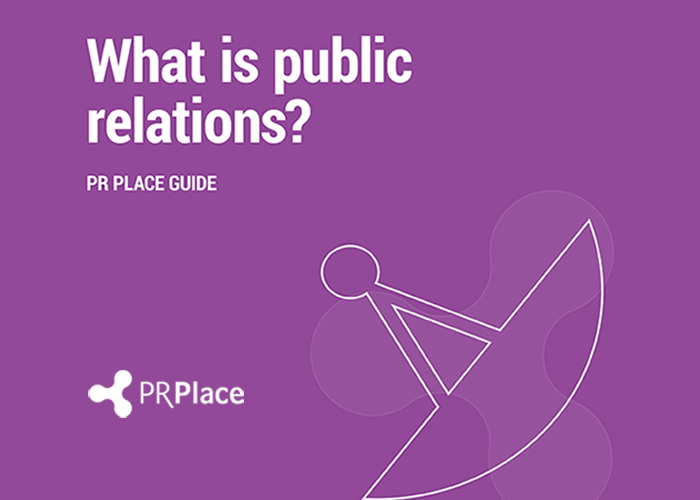What is public relations?
Download the free guide: ‘What is Public Relations?’
Download Guide: What is PR?
Topics covered include:
- Understanding Public Relations
- PR as reputation management
- PR as communication management
- PR as relationship management
- PR as a strategic management function
- PR as persuasion
Each section contains recommendations for further reading and is an excellent resource for research assignments.

We respect your privacy and handle your data with care. Please see our privacy policy.
Thank you for downloading our guide. We hope you find it helpful and enjoyable. We are adding new ones all the time, so check back regularly.
If you asked us to keep you up to date with new guides and the latest industry insights, you will receive an email shortly asking you to verify the address we need to send them to.

